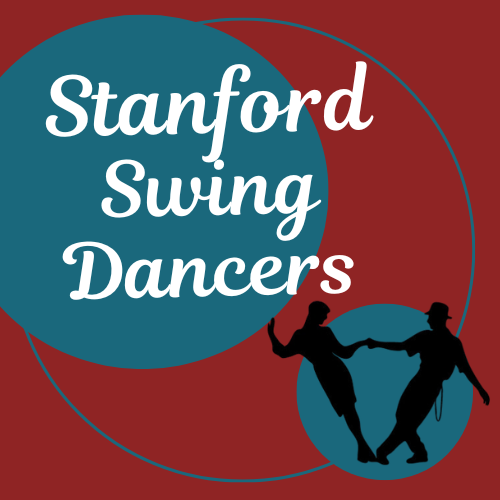

Partnered swing dancing is a role based dance. There is a leader and there is a follower. You can choose whichever role you want to learn. We ask that you choose a role and stick to it for the complete series class or drop-in class.
The terms ‘leader’ and ‘follower’ are a little misleading but we haven’t found anything better yet. Both partners contribute equally to the dance, but in different ways. You can either start with one of the roles, and then after becoming proficient in that role, start learning the other role. Or you can start learning both roles almost at the same time. The decision depends on how you think you will learn best and what will be the most fun for you.
The ‘leader’ is the one usually initiating movement and thinking about the dance in terms of shapes. The ‘follower’ interprets the lead and moves accordingly, adding their own contributions to the dance. The dancers send each other cues about their movements and intentions through their connection as well as visually. The dance becomes an unspoken conversation between the dancers. **Note: this explanation is borrowed from our friends at Wednesday Night Hop! Check out more here: https://wednesdaynighthop.com
Social dancing is unchoreographed, meaning partners have to listen to each other and make choices on the spot about what to do next. It’s thrilling, challenging, and the expression of spontaneous joy!
Additionally, social dancers rotate partners often, meaning you dance with and talk to many people. Hence, it’s “social!”
There is a lot of confusion that might arise as dancers throw around different terms. Here are some explanations to help:
Swing dancing is an umbrella term for many different subtypes of dance.
Lindy Hop is one of the larger subtypes of swing dancing. People sometimes mistakenly refer to Lindy Hop as only 8-count swing; while 8-count footwork is the basis for one of it’s signature moves, the swingout, you’ll eventually learn that Lindy Hop is more descriptive of the feel/energy/bounce of a song, and the footwork can be combinations of all count lengths.
East Coast Swing is another term you’ll hear thrown around, often in the ballroom dancing scene. Ballroom dancers tend to base this type of swing dancing on 6-count foot patterns, with some exceptions. The feel/energy/bounce and the partnered connection of this ballroom interpretation of swing can be different from Lindy Hop.
West Coast Swing is danced to an entirely different genre of music. If you dabble in the scene, you’ll quickly noticed similarities to the footwork of Lindy Hop, but in general, it is danced without the “bounce” of Lindy Hop.
Solo Jazz is a general term that refers to dancing without a partner. Many of the common solo jazz moves can be integrated into your partnered dance as well. Solo Jazz can be improvised or it can be danced as choreographed group routines. Some of our favorite group routines are:
Frankie Manning is considered the ambassador of Lindy Hop. As one of the original Lindy Hoppers from the 1930-1940s, he taught during the swing revival of the 1980s and transferred his enthusiasm for Lindy Hop to a new generation. He was also part of Whitey’s Lindy Hoppers and is featured in the famous movie clip “Hellzapoppin’.” There is a shim sham named after him and recordings of the song in which he calls out the moves.
Everyone learns differently, but here’s our advice:
You’re not alone if you find Lindy Hop challenging. But that also means you can dance for many years and never get bored! If you find yourself frustrated or in a learning plateauing, step back and remember that you have a wonderful community of friends here to help you grow!
Send us a message on Facebook, an email, or talk to one of the organizers at any of our events. We’d love to have you on board!